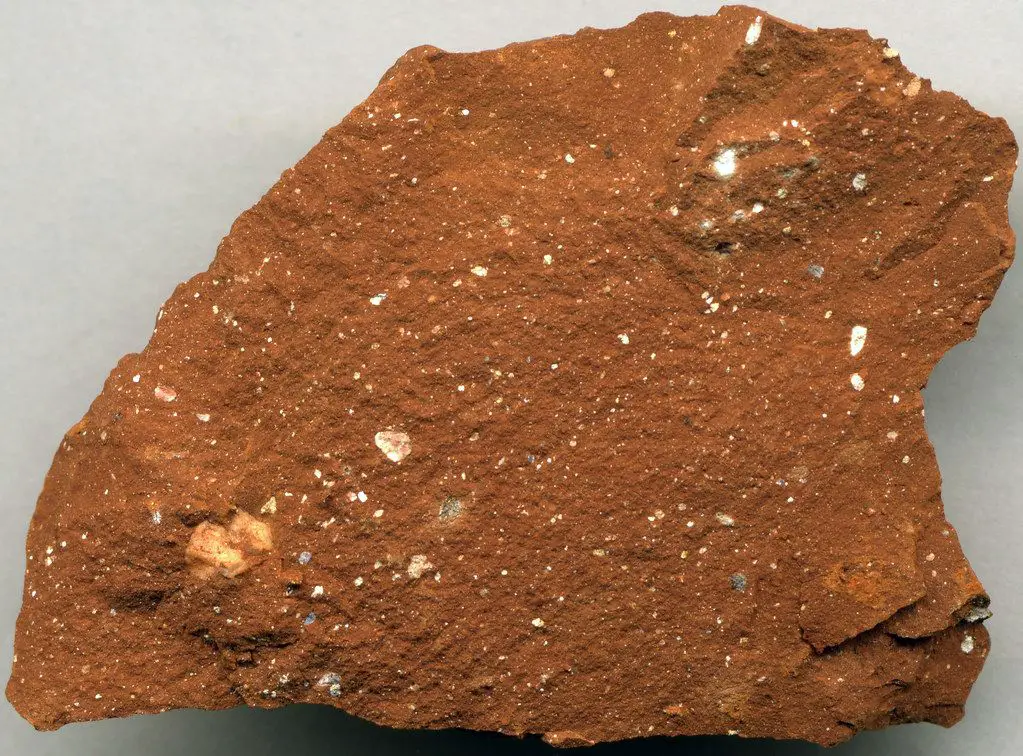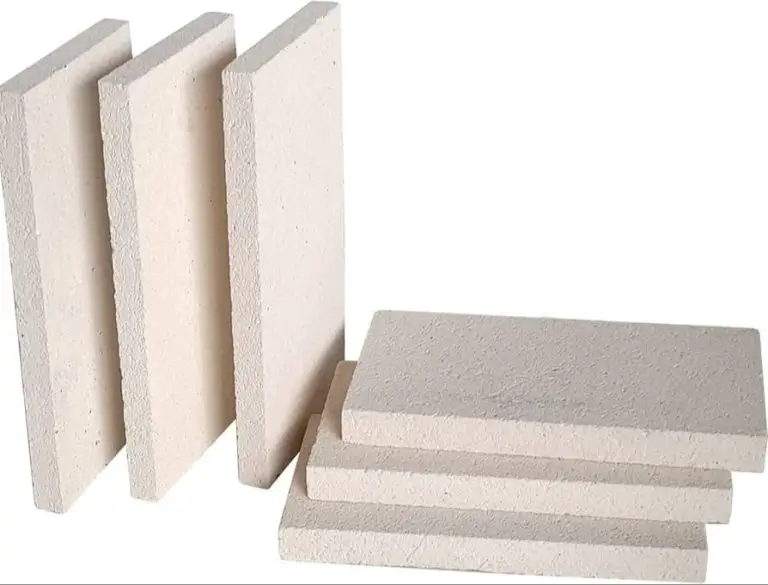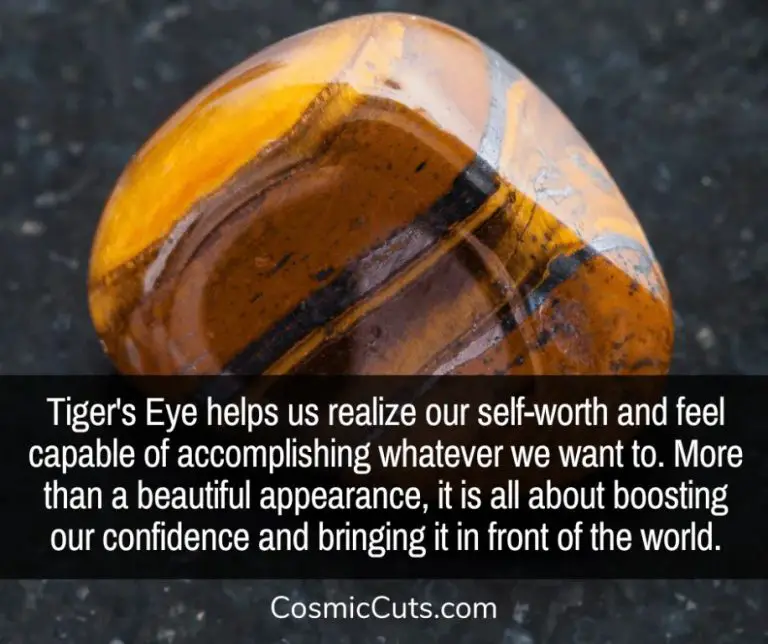Is Amazonian Clay Silicone Based?
What is Amazonian clay?
Amazonian clay is a type of clay sourced from the Amazon basin region in South America. The clay is collected from deep within the earth along rivers such as the Rio Negro and Rio Solimões [1]. It gets its name from the ancient Amazon rainforest where it is mined. Key properties of Amazonian clay include high mineral content and anti-inflammatory abilities [2].
Due to its nutrient-dense composition, Amazonian clay is often used as a key ingredient in skincare, cosmetics, and hair care products. It contains nourishing ingredients like magnesium, calcium, potassium, and vitamins A and E [3]. The main uses of Amazonian clay include reducing oil and acne, exfoliating skin, minimizing pores, and hydrating hair.
Composition of Amazonian Clay
Amazonian clay is a type of mineral-rich clay that is found in the Amazon basin of Brazil. Its main chemical components include:
- Silica – provides absorption of oils and impurities
- Aluminum – helps tighten and firm the skin
- Sodium – helps moisture retention
- Magnesium – anti-inflammatory properties
- Iron Oxides – provide color pigments
- Titanium Dioxide – adds sunscreen properties
Compared to other clays like bentonite or kaolin, Amazonian clay has higher concentrations of iron oxides and magnesium which give it its unique brownish-red color. It also has larger molecules that don’t penetrate as deeply into the skin compared to bentonite. However, its ability to absorb oil and provide minerals makes Amazonian clay popular in skincare and cosmetics.

Overall, the nourishing minerals and oil-absorbing properties of Amazonian clay make it an effective ingredient for balancing and caring for skin.
Is Amazonian Clay Silicone Based?
Silicone is an ingredient commonly found in cosmetics like foundations and primers. Chemically, silicone refers to a large family of polymers that contain silicon atoms. In cosmetics, silicone is added to give products a smooth, silky texture and help makeup glide onto the skin more easily.
Amazonian clay, found in the Amazon rainforest region of South America, is a natural mineral-rich clay long used in skincare and cosmetics. Amazonian clay does not contain silicone. It is composed mainly of montmorillonite and kaolinite clays along with micronutrients like iron and calcium. The clay helps balance and nourish skin while giving makeup products a creamy, blendable texture.
Tarte Cosmetics is known for their Amazonian Clay Foundation, which uses Amazonian clay as the key ingredient. Despite the name, their foundation does contain some silicone ingredients like dimethicone for a smooth application. However, the clay itself is silicone-free. Most pure Amazonian clay skincare or cosmetics lines avoid silicone ingredients altogether.
In summary, Amazonian clay is a natural mineral ingredient that does not inherently contain silicone. Some makeup products featuring Amazonian clay may add silicone separately for its benefits, but the clay itself is silicone-free.
Benefits of Amazonian Clay
Amazonian clay provides several beneficial properties for skin care due to its unique composition:
Absorbing Oil: Amazonian clay is able to absorb excess oil and sebum from the skin. The clay’s structure allows it to draw out impurities without over-drying the skin. This makes it useful for those with oily skin or clogged pores.1
Exfoliation: The clay acts as a gentle physical exfoliant, helping to remove dead skin cells and smooth skin texture. When applied topically, the small particles in the clay provide light exfoliation without irritation.2
Soothing Skin: Amazonian clay has natural soothing and cooling properties. It can help calm inflammation, redness, and other irritation when used in skincare products. The magnesium in the clay may contribute to its soothing effects.1
Amazonian Clay in Cosmetics
Amazonian clay has become a popular ingredient in many cosmetic products, especially those marketed as natural or organic. The unique composition and benefits of the clay make it well-suited for use in makeup, skincare, and hair care products.
Some of the most common cosmetic products containing Amazonian clay include:
- Foundations – Tarte’s Amazonian Clay Foundation uses the clay to provide fuller coverage while feeling lightweight on skin.
- Blushes and bronzers – Amazonian clay gives a matte finish and helps the pigments adhere better to skin.
- Eye shadows – The clay’s soft texture makes it easy to blend eye shadows smoothly.
- Mascaras – Amazonian clay helps condition lashes and volumize.
- Lipsticks – Amazonian clay keeps lip colors from feathering or bleeding.
- Moisturizers – Amazonian clay hydrates skin without oiliness.
There are several key benefits that make Amazonian clay well-suited for cosmetics:
- Reduces oil and controls shine on skin.
- Minimizes the appearance of pores.
- Helps makeup last longer and wear evenly.
- Gives a smooth, blendable texture to cosmetics.
- Nourishes and conditions skin and hair.
How to Use Amazonian Clay
Amazonian clay can be found in a variety of skincare products, including face masks, cleansers, and moisturizers. When using Amazonian clay products, it’s important to follow the directions for application and use.
For face masks containing Amazonian clay, first wash and dry your face. Apply a thin layer of the mask evenly across your skin, avoiding the eye area. Let the mask dry completely, which usually takes 5-10 minutes. As the mask dries, you may feel a slight tingling sensation, which is normal. Once dry, gently rinse off the mask with warm water and pat your skin dry. Use an Amazonian clay mask 1-2 times per week for the best results.
Amazonian clay cleansers can be used daily, morning and night. Apply a small amount to damp skin and massage gently over your face. Rinse thoroughly with warm water and pat dry. Look for cleansers designed specifically for your skin type.
Moisturizers with Amazonian clay are great for daytime use. After cleansing, apply a pea-sized amount to your face and neck. Let it absorb fully before applying makeup. The clay helps control oil production while providing hydration. For very dry skin, use a heavier moisturizer at night.
When using any Amazonian clay product, be sure to do a patch test first to check for any adverse reactions. Introduce new products slowly and one at a time to properly gauge effectiveness.
Amazonian Clay vs. Bentonite Clay
Amazonian clay and bentonite clay have some key compositional differences. Bentonite clay is made up of montmorillonite which comes from volcanic ash. It typically contains other minerals like calcium, magnesium, and iron as well (Source 1). Amazonian clay, on the other hand, is made up of kaolinite which comes from the sedimentary rock found in the Amazon basin. It contains other trace minerals like calcium, copper, zinc, and manganese (Source 2).
Both clays offer some benefits for skin. Bentonite clay is good at absorbing oils and drawing out impurities. It has antibacterial and anti-inflammatory properties. Amazonian clay also absorbs oils but is gentler than bentonite. It helps exfoliate dead skin cells, reduces the appearance of pores, and balances oily skin (Source 3). Amazonian clay may be better for those with sensitive or dry skin, while bentonite is ideal for oily, acne-prone skin.
Finding quality Amazonian clay products
When looking for high-quality beauty products containing Amazonian clay, there are a few things to look for on the label and packaging:
Check that the clay is sourced from the Amazon River basin in Brazil. Authentic Amazonian clay comes specifically from this region due to its unique mineral composition and nutrients. The packaging should state something like “Harvested from the banks of the Amazon River in Brazil.”
Look for 100% natural or pure Amazonian clay. There should not be any added fillers, chemicals, or fragrances. Beware of products that say they contain “Amazonian clay” without specifying 100% or pure.
Examine the list of ingredients. Authentic Amazonian clay products will list the clay as the first or second ingredient, indicating its prevalence in the formula.
Research the brand’s reputation and certifications. Some reputable makers of Amazonian clay products include tarte, Sol de Janeiro, and Innisfree.
Look for third-party testing for purity and safety. Legitimate brands test their clay thoroughly and can provide documentation.
When in doubt, contact the brand to ask questions about their specific clay and how it is harvested and processed.
Amazonian Clay Precautions
While Amazonian clay can provide benefits for many skin types, there are some precautions to be aware of:
Possible Side Effects
Some potential side effects of using Amazonian clay masks include redness, dryness, flaking, stinging, and irritation. This is often due to the clay drawing out impurities and oils from the skin. Redness is common and usually subsides within 30 minutes after rinsing off the mask 1. More severe reactions may indicate an allergy.
Skin Types to Avoid
Those with sensitive skin must use Amazonian clay products with caution. Patch testing before full application is recommended. Individuals with dry skin may find clay masks overly drying without additional hydrating products used after. Amazonian clay is not recommended for those with active acne breakouts, as it may further irritate and dry out existing blemishes.
FAQs
Here are answers to some frequently asked questions about Amazonian clay:
Is Amazonian clay natural?
Yes, Amazonian clay is 100% natural. It comes from the Amazon river basin in Brazil and contains a rich mineral composition absorbed from the surrounding soils and vegetation (Source).
Is Amazonian clay good for oily skin?
Amazonian clay is great for oily skin because it helps absorb excess oil and balance skin. The clay has natural oil-absorbing properties that help control shine throughout the day (Source).
Does Amazonian clay clog pores?
Properly formulated Amazonian clay products should not clog pores. The clay itself has a balanced particle size that doesn’t get trapped in pores. Look for non-comedogenic Amazonian clay products designed not to clog pores.
Is Amazonian clay safe for sensitive skin?
Pure Amazonian clay is gentle and generally safe even for sensitive skin types. However, some Amazonian clay products contain added ingredients that may irritate sensitive skin, like fragrances. Look for products specifically formulated for sensitive skin.
How do you use Amazonian clay?
Amazonian clay is commonly used in skincare, hair care, and cosmetics products like cleansers, masks, moisturizers, foundations, powders, and more. Use Amazonian clay products according to the product instructions.



